
© Dave Morgan, courtesy the Royal Opera House. (Click image for larger version)
Royal Ballet
The Vertiginous Thrill of Exactitude, Tarantella, Strapless, Symphonic Dances
★★★★✰
London, Royal Opera House
18 May 2017
Gallery of pictures by Dave Morgan
www.roh.org.uk
The Royal Ballet’s latest mixed bill is oddly ordered: two brief amuses bouches followed by a half-hour interval, then two black and red ballets, both featuring a woman in a flamboyant dress. Why not separate the longer ballets by placing the virtuoso numbers in the middle?

© Dave Morgan, courtesy the Royal Opera House. (Click image for larger version)
As it is, we get the breathtaking exactitude of William Forsythe’s Vertiginous Thrill and George Balanchine’s Tarantella over and done with in 25 minutes. The Royal ballet last performed the Forsythe in 2002, so new casts are meeting its challenges this season. (Zenaida Yanowsky, who takes the leading role in Liam Scarlett’s new Symphonic Dances, danced in it from 1999 onwards.) Now it’s the turn of Marianela Nunez to shine as the central ballerina, showing the other two women, Beatriz Stix-Brunell and Akane Takada, how to sail through its technical demands.
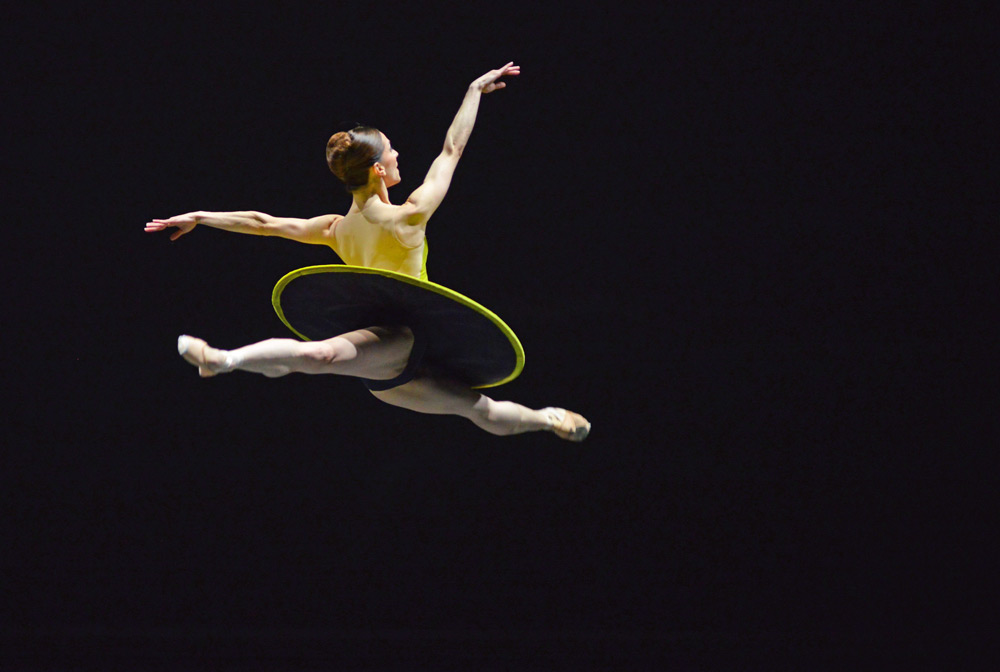
© Dave Morgan, courtesy the Royal Opera House. (Click image for larger version)
Nunez is so securely placed that the disc of her tutu rarely tilts, unlike those of the other two, hurrying to keep up. She delights in her sunny certitude, playing with the music – the last movement of Schubert’s Symphony no.9. The two men, Vadim Muntagirov and Steven McRae, miraculously synchronise their speedy steps in spite of their difference in height and length. Muntagirov is the courteous team player, gallantly partnering the women, while McRae retains his independence.
In Balanchine’s Tarantella pas de deux, new to the company, the dancers barely touch each other until they link arms as they fly around the stage, occasionally bashing their tambourines. Francesca Hayward, innately musical, hits hers on the beat; Marcelino Sambé, airborne, doesn’t always connect with his. He can change direction at least twice in mid-air before bouncing away again. Hayward turns equally well to left and right, and finds time for saucy pliés on pointe in amongst fleet footwork. Already charming together, they’ll get even more playful as they learn to pace themselves – and possibly even breathe.

© Dave Morgan, courtesy the Royal Opera House. (Click image for larger version)
Christopher Wheeldon and his scenarist, Charlotte Westenra, have shortened and tightened Strapless since its first outing last year. After a brief prologue and an assertive, self-aware solo by Natalia Osipova as ambitious Amélie Gautreau, we are plunged into the louche milieu of the society painter John Singer Sargent (Edward Watson). Like Amélie, he is on the make, seeking celebrity status in Belle époque Paris. The subject of his portrait in this first scene is handsome Dr Pozzi (Federico Bonelli) in a provocative pose, hand on the drawstring of his scarlet dressing gown.
Sargent will later portray Amélie in another suggestive pose, bringing about her downfall. For now, however, she is more interested in seducing the notorious gynaecologist than in admiring the skill of the artist. Wheeldon has made her into an amoral MacMillan heroine: like Mary Vetsera in Mayerling, she confronts Pozzi in her underwear after slipping our of her fur coat; like Manon, she flaunts herself in a low dive (a Parisian café), removing her white cape to reveal a red dress.

© Dave Morgan, courtesy the Royal Opera House. (Click image for larger version)
We know little about her. What does Amélie Gautreau want? Sex, presumably, though her raunchy encounter with Pozzi seems more like erotic play-acting than passion. Osipova suggests a self-centred alienation from the people around her, including her husband (Jonathan Howells) and mother (Elizabeth McGorian), roles that are scarcely noticeable. No, what Amélie really wants is immortality, via her portrait.
Her vanity makes her an almost innocent victim. She doesn’t realise how she’s been manipulated into becoming merely the artist’s model, a substitute for his innamorato (Matthew Ball). The two men manhandle her between them like a lay figure; Sargent then arranges her in a pose reminiscent of his male lover. Only when the finished portrait is displayed, a jewelled strap fallen down one shoulder, does Amélie understand that she has been betrayed by Sargent.
Because Wheeldon has hardly sketched the society in which this scandal takes place, its impact is difficult for a modern audience to appreciate. Osipova does her best to make us see that her trust in her portraitist has been violated. She buckles in shame at her public humiliation, stripped down to semi-nakedness. But then she carries herself with pride at the very end, as modern gallery-goers admire her image in the New York Met.
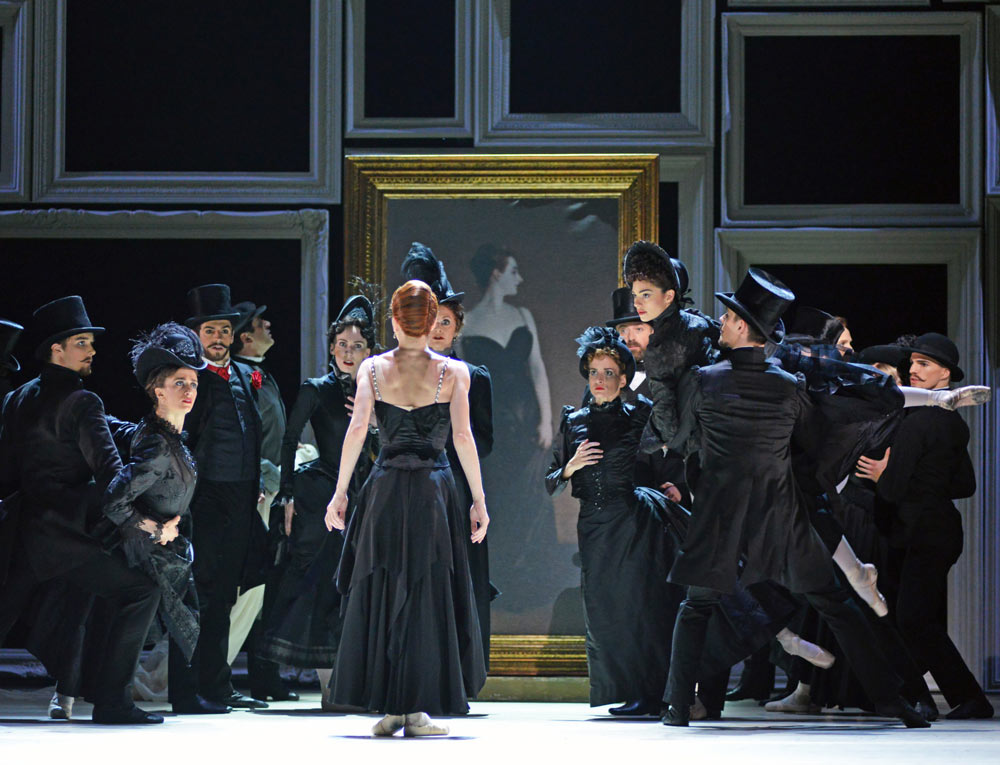
© Dave Morgan, courtesy the Royal Opera House. (Click image for larger version)
In reality, the admiration is for the artist, not the anonymous sitter, described as Madame X. In the ballet, Wheeldon has made her immortal and given her name back, based on research by Deborah Hay for her book about the painting. Provided you know the background and can identify the characters, the one-act ballet is intriguing, if not involving. It is let down by its music, a strident score by Mark-Anthony Turnage that draws attention to itself rather than the actions and emotions it accompanies.
Thank goodness, then, for Liam Scarlett’s Symphonic Dances to Rachmaninov’s orchestral creation of the same name. He wrote it in exile in America in 1940, intending it as a ballet score for Mikhail Fokine. Both had died before it could be choreographed. Scarlett has responded to the three movements with his own ideas, using Zenaida Yanowsky or Laura Morera as his enigmatic central figure throughout.
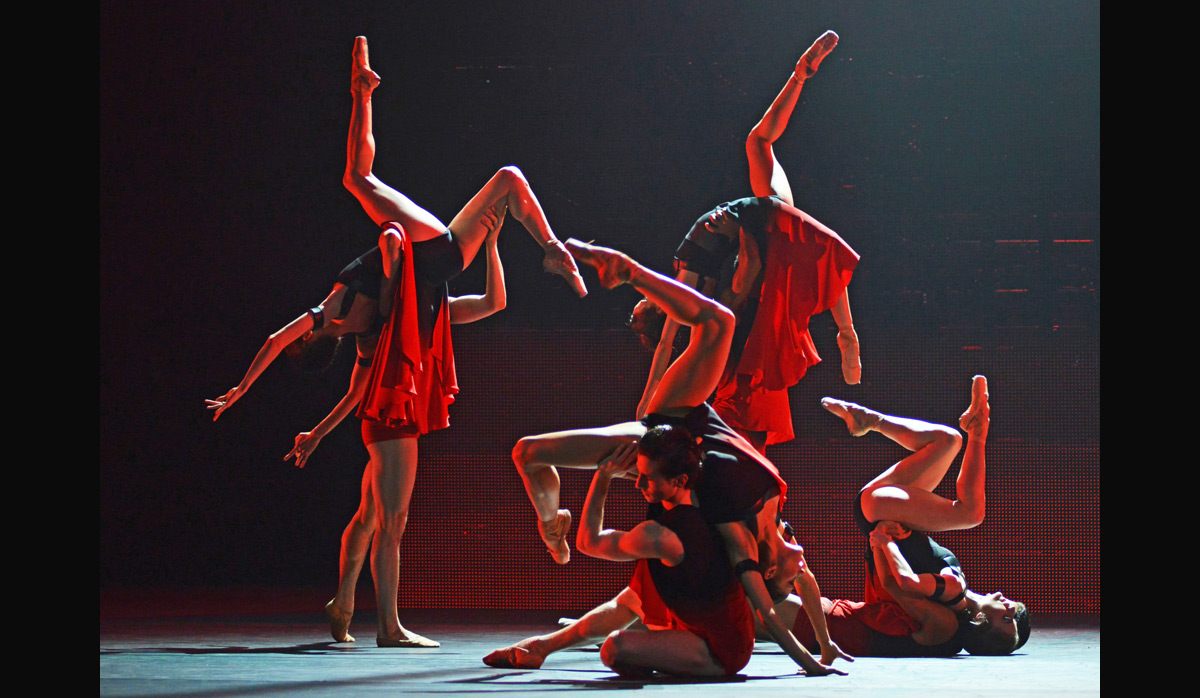
© Dave Morgan, courtesy the Royal Opera House. (Click image for larger version)
Yanowsky, coming to the end of her 23-year long career with the Royal Ballet, has always had the ability to depict the inner life of a character, whether she incites trouble, admiration or adoration. In Symphonic Dances she’s a daemon, a compelling creature half way between goddess and human being. There’s no context, simply a cavernous space delineated by a grid of light (designed by David Flinn), changing with each movement of the music.
Yanowsky erupts at the start, flailing the red skirts of her amazing dress like an extravagant flamenco dancer. Among her retinue of dancers is a young man (James Hay) who dares to proposition her. She stands stock-still, imperious, as he gears himself up to impress her. On the opening night, she was placed so far to stage right that anyone seated to the left of the auditorium was unable to see her. Does nobody in the production team check sightlines? Scarlett, who should know better by now, is a serial offender. His Frankenstein was a case in point.
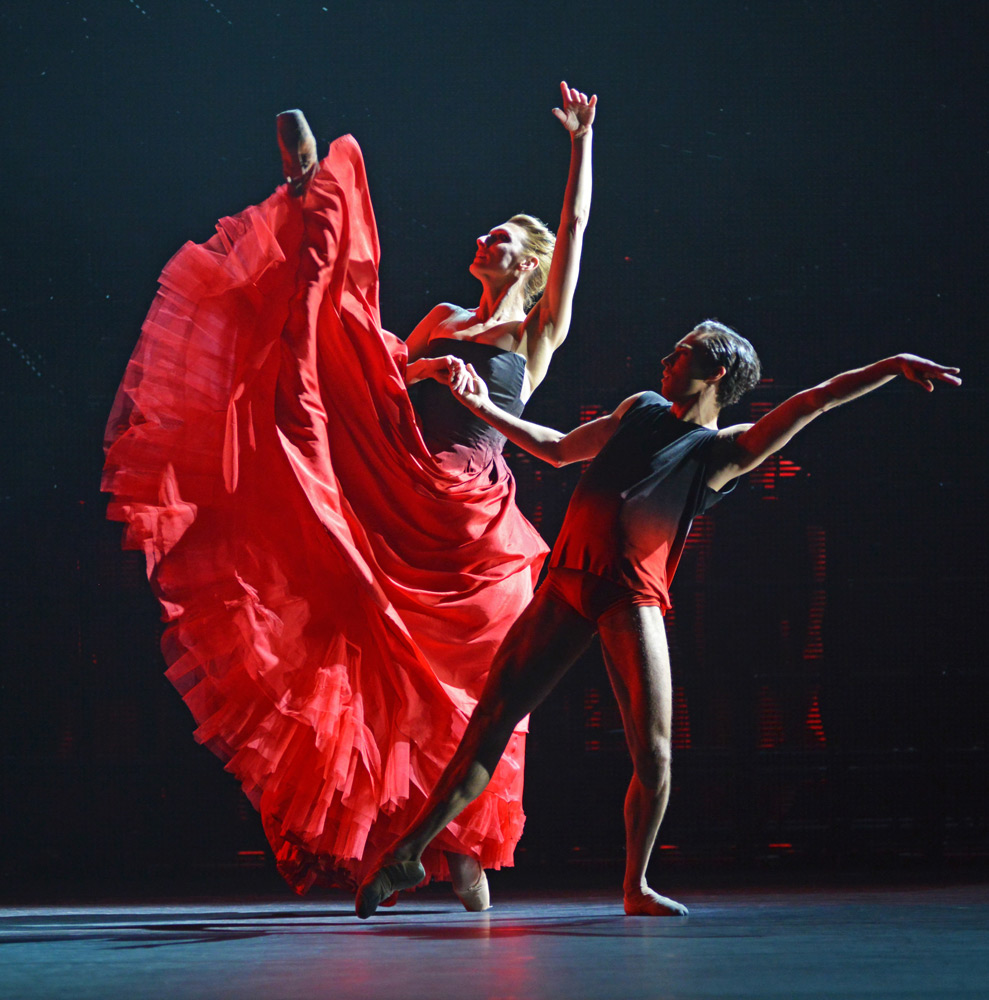
© Dave Morgan, courtesy the Royal Opera House. (Click image for larger version)
Hay offers her his skill as a mercurial, elegant dancer, once he has overcome his initial diffidence, twitching his shoulders to the music, an ecstatic melody on the saxophone. Amused at his presumption, she partners him before swamping him beneath her voluminous skirt. As she moves away, the corps runs in to take up intricate military manouevres.
For the second movement, the lighting grid is raised up, ablaze with fiery projections. Eight bare-chested men in poppy-red skirts swirl like dervishes to a woozy waltz. Yanowsky returns in a tuxedo, an Amazonian mistress of ceremonies. The men are her acolytes, her samurai warriors, torsos gleaming under the lights – Scarlett has always made expressive use of dancers’ backs. Finally left alone, Yanowsky convulses to each dying note of the music in a disturbing echo of Hay’s solo.

© Dave Morgan, courtesy the Royal Opera House. (Click image for larger version)
The third movement involves all 16 dancers, dressed in red and black swimsuits for what seems a macabre tribal rite. The corps makes way for a pas de deux honouring their divinity. Tall, noble Reece Clarke is her chosen suitor, embracing and supporting her (and turning her unnecessarily upside down). He will be her last partner. Rachmaninov quotes from the Russian Orthodox liturgy and the Gregorian Dies Irae, so presumably Yanowsky’s extinction in a blaze of light at the very end is her sacrificial death – and possible rebirth.
Symphonic Dances is Scarlett’s farewell portrait of Yanowsky. Like her, the ballet is big and bold, beautiful and elusive. Following Rachmaninov’s lead, it is emotional without sentimentality – a fitting tribute to a dancer who has inspired him. We shall greatly miss her.












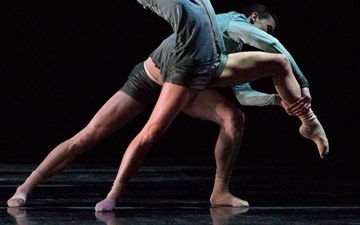
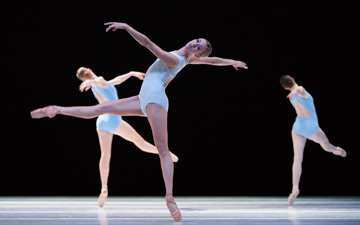
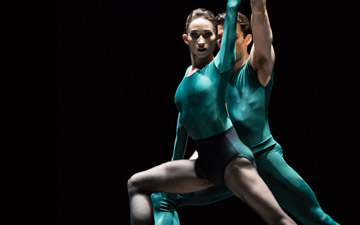
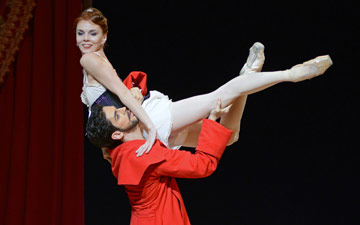
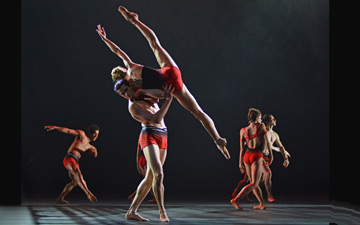
You must be logged in to post a comment.